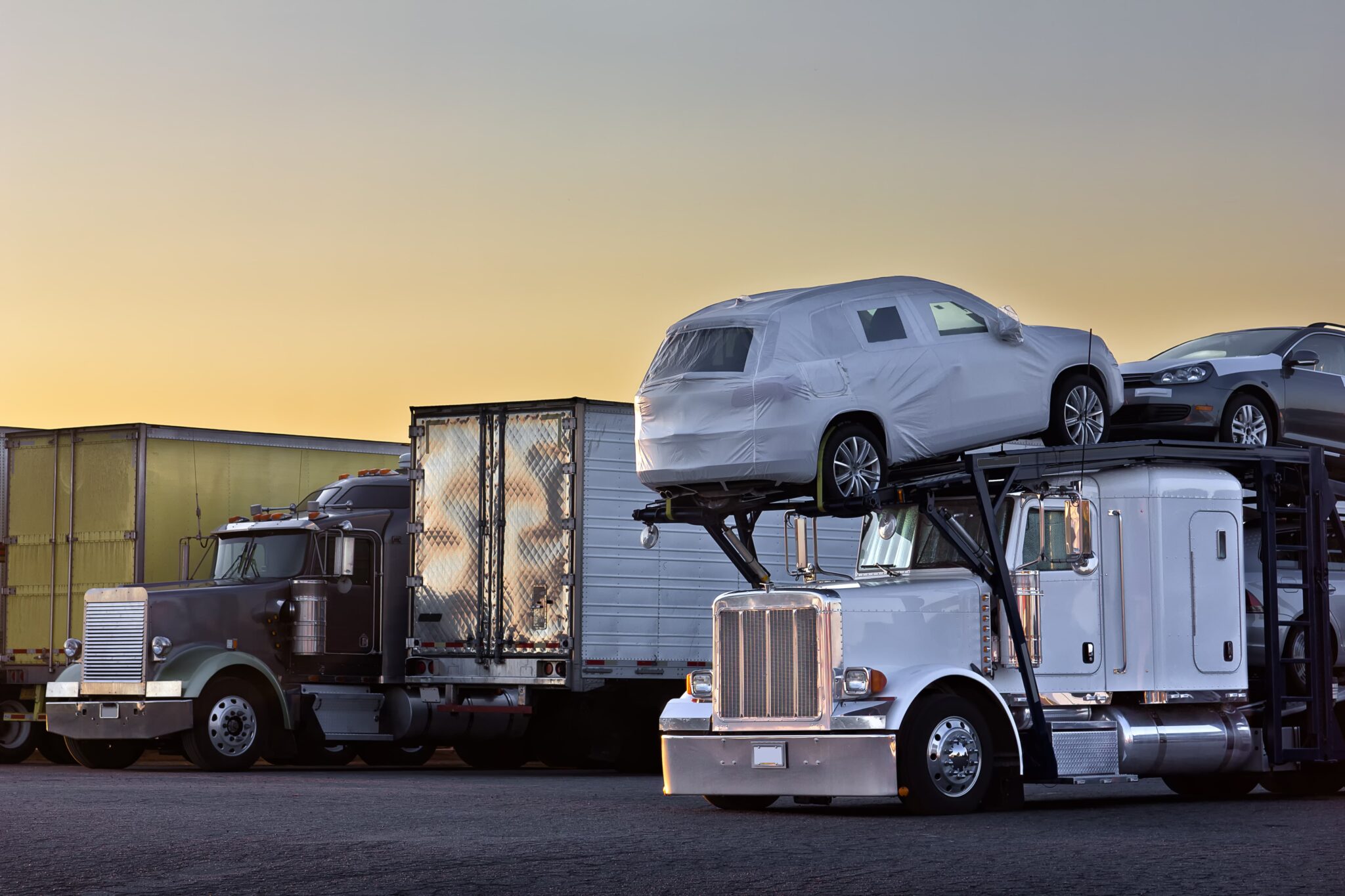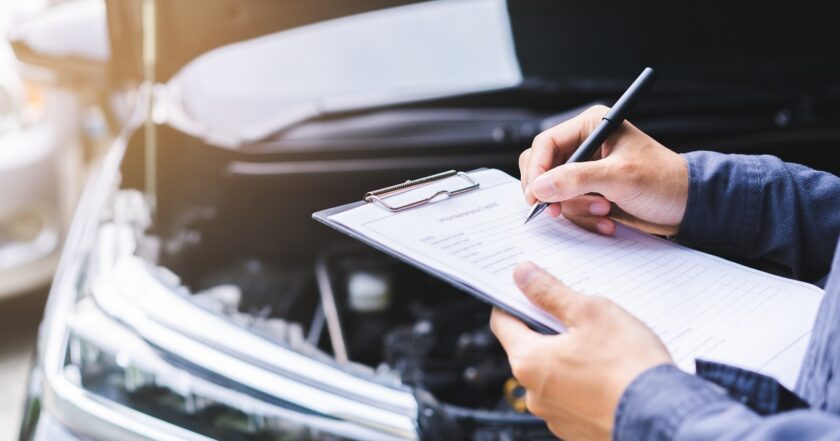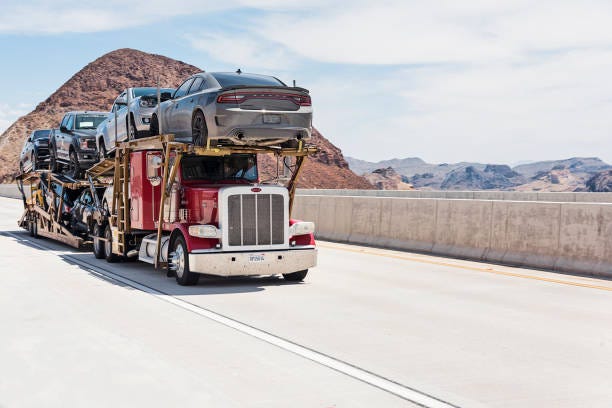Being in a car crash is never fun, especially when it happens in a foreign state, and you need to get your wrecked car back home. Typically, a vehicle involved in an accident becomes a non-runner, meaning it has functional issues or missing essential components, making it unsafe to drive. Today, we’ve put together some key things to consider before you ship a damaged car.
When you need to ship a damaged car, the process requires careful preparation and attention to detail. Ensuring your vehicle is safe for transport and providing accurate information to the auto transport company are crucial steps. Properly preparing your car can help avoid additional damage during shipping and ensure a smooth process. Whether you are dealing with a minor fender bender or a more serious accident, understanding the necessary steps can make a significant difference.
In this guide, we will cover everything you need to know to ship a damaged car, from preparing your vehicle and understanding special equipment needs to the importance of hiring professionals for the job. By following these tips, you can ensure your damaged vehicle is transported safely and efficiently.
Preparing Your Crashed Car for Shipping after an Accident
When you reach out to a auto transport company to get your wrecked vehicle delivered right to your door, you need to make sure to provide as many details as possible about your vehicle’s condition. For example, the hauler has to know whether the car brakes, rolls, steers, has a full fuel tank, or any fluid leaks in a vehicle. Also, make sure your vehicle is pointing forward, the transmission puts in neutral, and the parking brake is working correctly.
To protect your vehicle during car transport, we advise inspecting your car and taking photographs to help with the condition report once the carrier arrives. And also, having concrete proof with you is the main guarantee to claim indemnification if your automobile gets damaged during transport.
Special Equipment Needs to Transport Your Damaged Car
When shipping damaged or semi-functional vehicles, a carrier needs special equipment. This equipment is used to load and unload them on and off a hauler trailer. Using the hydraulic auto lift, also referred to as a forklift, is often necessary for damaged vehicles. However, if your car doesn’t run but still rolls, brakes, and steers, it can be pulled onto a trailer using a winch. If you ship a damaged car that is non-working, the carrier needs proper tools. These tools will help load your vehicle onto a flatbed trailer.
Don’t Ship a Wrecked Car on Your Own
You might wonder why you can’t just grab a few friends and try to load your damaged car onto a standard truck by pushing or dragging it. At first glance, this might seem like a good option. However, it contradicts all safety rules found in auto transport literature. Loading or unloading a non-runner without special equipment, such as a forklift, flatbed truck, winch trailer, or rollback tow truck, is unsafe. It can also cause considerable damage to your car, potentially costing more than professional shipping. This is why it’s best to hire professionals to handle your car shipping, whether it’s damaged or totaled.
The Final Word
When speaking of shipping a car after an accident, the primary thing you need to be concerned about is finding a reliable company specializing in crashed car transportation. With Tempus Logix, you can have your car (either new or wracked, operable or non-running) shipped wherever you need. In addition, our company offers professional services, reasonable delivery windows, and carriers with full insurance coverage. And what about pricing? In the vehicle shipping sector, Tempus Logix has the most competitive rates.










